
“The supply-side structural reform will be deepened in 2017. Detailed policies and specific requirements are proposed in the 2017 Report on the Work of the Government. Next, focus will be laid on implementation”, Xu Shaoshi, deputy director of the Committee of Population Resources and Environment under the National Committee of the Chinese People's Political Consultative Conference (CPPCC), said during the interview with the journalist of the Shanghai Securities News (SSN).
From “a crucial year in carrying out supply-side structural reform” to “the supply-side structural reform will be deepened in 2017”, the supply-side structural reform is advancing deeper. Representatives of the National People's Congress (NPC) and the CPPCC, also known as the two sessions, have proposed many operable suggestions around “cutting overcapacity and excess inventory, deleveraging, reducing costs, and strengthening points of weakness”. For cutting overcapacity, focus will be laid on clearing “zombie enterprises”; for deleveraging, efforts will be mainly made in debt-to-equity swap; for strengthening points of weakness, financial support policies will be rolled out to improve weakness in technology innovation.
Cutting overcapacity: move faster in clearing “zombie enterprises”
Though goals set for cutting overcapacity of the iron & steel and coal industries last year were all over-fulfilled, the de-capacity work will be more difficult this year. A difficulty widely mentioned in the proposals of the two sessions this year is the clearing of “zombie enterprises”.
The China Zhigong Party Central Committee expounded the main problems met in dealing with “zombie enterprises” in its proposal, including difficulties and high costs in placing large numbers of personnel; obstacles met in the disposal of assets, creditors’ rights and debts; unsmooth channel for enterprises to initiate closure and bankruptcy procedures, which results in that many “zombie enterprises” go no further at the final step of exiting.
It was made clear in the Central Economic Work Conference held earlier that dealing with “zombie enterprises” while cutting overcapacity is just like leading an ox by the halter. Many representatives of the two sessions offer advice and suggestions about how to deal with “zombie enterprises” in 2017.
The China Zhigong Party Central Committee suggested that while disposing low-efficient and ineffective assets and zombie enterprises, more policy support should be provided in placing personnel; “implementation methods for clearing zombie state-owned enterprises (SOEs) and placing personnel” should be launched as soon as possible; operation process and detailed rules should be made clear.
Besides the China Zhigong Party Central Committee, the Central Committee of China Democratic League and the All-China Federation of Industry and Commerce also submitted several proposals about moving faster in clearing “zombie enterprises”.
The All-China Federation of Industry and Commerce suggested that relevant departments under the State Council should join hands with relevant provinces in quickening the disposal of “zombie enterprises”, and a market environment with sound supply-demand structure, reasonable price, moderate profit rate and fair competition should be created for the iron & steel industry as soon as possible. The arrangement of rewards and subsidies must be connected with the amount of overcapacity being cut irrespective of the nature and the size of enterprises.
Deleveraging: debt-to-equity swap to become main direction
It is said in the 2017 Report on the Work of the Government that “while working to control overall leverage, we should focus on bringing down the leverage of enterprises”.
Why emphasis is laid on “bringing down the leverage of enterprises”? Lai Xiaomin, deputy of the NPC and president of China Huarong Asset Management, cited data from the Ministry of Finance (MOF) in his proposal this year that by end 2016, the total debts undertaken by the central and local SOEs hit around 131.72 trillion yuan, representing a year-on-year growth of 9.7 percent. The ratio between the total debts and GDP was around 177 percent. Based on this, Lai proposed to adopt feasible and effective measures to bring down the leverage of enterprises.
As a matter of fact, deleveraging is one of the hottest topics discussed on the two sessions this year. Many deputies have proposed suggestions and the most arresting is the “debt-to-equity swap”.
Chang Zhenming, chairman of CITIC Group Corporation and CPPCC member, indicated that the deleveraging in SOEs should focus on debt-to-equity swap later.
Mei Xingbao, CPPCC member and former chairman of China Orient Asset Management Corp., claimed during interview that “debt-to-equity swap is helpful in cutting overcapacity and inventory and deleveraging. We keep calling on implementing debt-to-equity swap in some real enterprises, but the progress is slow at present”.
Mei held that a big difficulty faced by the implementation of debt-to-equity swap is the capital of executors. Debt-to-equity swap should be done by professional institutions, but professional institutions lack of capital. For instance, asset management companies have no low-cost capital to purchase creditor's rights. The cost will be high if bank loans or money raised through issuing funds are used to purchase creditor's rights. Given this, the People’s Bank of China (PBOC) should provide asset management companies with capital in the form of re-lending. Asset management companies can use the money to purchase creditor's rights from banks and then negotiate debt-to-equity swap with enterprises.
The State Council released the Opinions about Cutting Leverage Ratio of Enterprises in an Active and Prudent Way in end September 2016, making the “roadmap” for implementing debt-to-equity swap clear. A new round of piloting of debt-to-equity swap was initiated later, signed contracts concerning market-oriented debt-to-equity swap totaled over 430 billion yuan and contracts worth over 40 billion yuan were implemented by the first half of February 2017, according to data released by the China Banking Regulatory Commission (CBRC).
Market- and law-based debt-to-equity swaps are supported in the 2017 Report on the Work of the Government. Mei suggested that to further advance debt-to-equity swap in a standardized way, relevant departments under the State Council should launch special opinions and methods for the implementation in the next step.
Strengthening points of weakness: multiple measures should be taken to improve weakness in technology innovation
“Strengthening points of weakness” is another focus of the representatives of the two sessions. Of note, unlike past emphasis on “hard points of weakness” like infrastructure, more importance is attached to “soft points of weakness” like technology innovation this year.
Chang remarked on a press conference held on March 6 that “I think the most important thing for supply-side reform in enterprises is innovation. Innovation should be improved with technology”.
How to improve technology innovation? It is learnt through interview that financial, fiscal and tax supporting measures are the most concerned.
The central committee of the China National Democratic Construction Association proposed to intensify indirect financial support and guide credit funds to flow to technology enterprises. For instance, developing special institutions for technology finance, moving faster in rolling out supporting or compensation policies for the technology finance of financial institutions in the banking industry.
Gao Dekang, CEO of Bosideng International Holdings and a deputy to the NPC, advised the government to step up financial support to enterprises engaged in intelligent manufacturing, actively guide financial institutions to innovate products and business engaged in intelligent manufacturing, guide venture capital and private equity investment to invest in enterprises engaged in intelligent manufacturing.
“Like the struggle from chrysalis to butterfly, this process of transformation and upgrading is filled with promise but also accompanied by great pain; it is urgent, formidable, and complicated”, as commented by Premier Li Keqiang in the 2017 Report on the Work of the Government about the supply-side structural reform.
Translated by Jennifer
















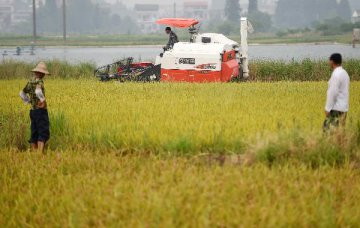
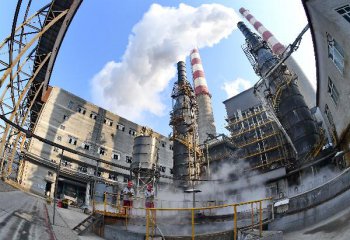
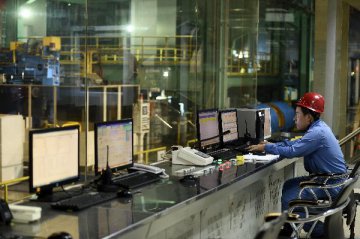
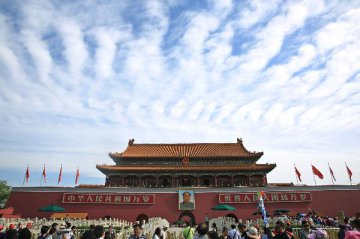
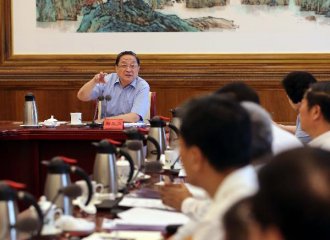
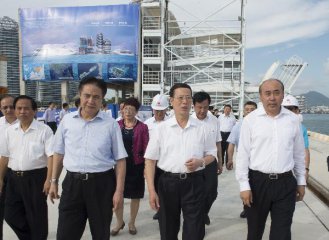


Latest comments